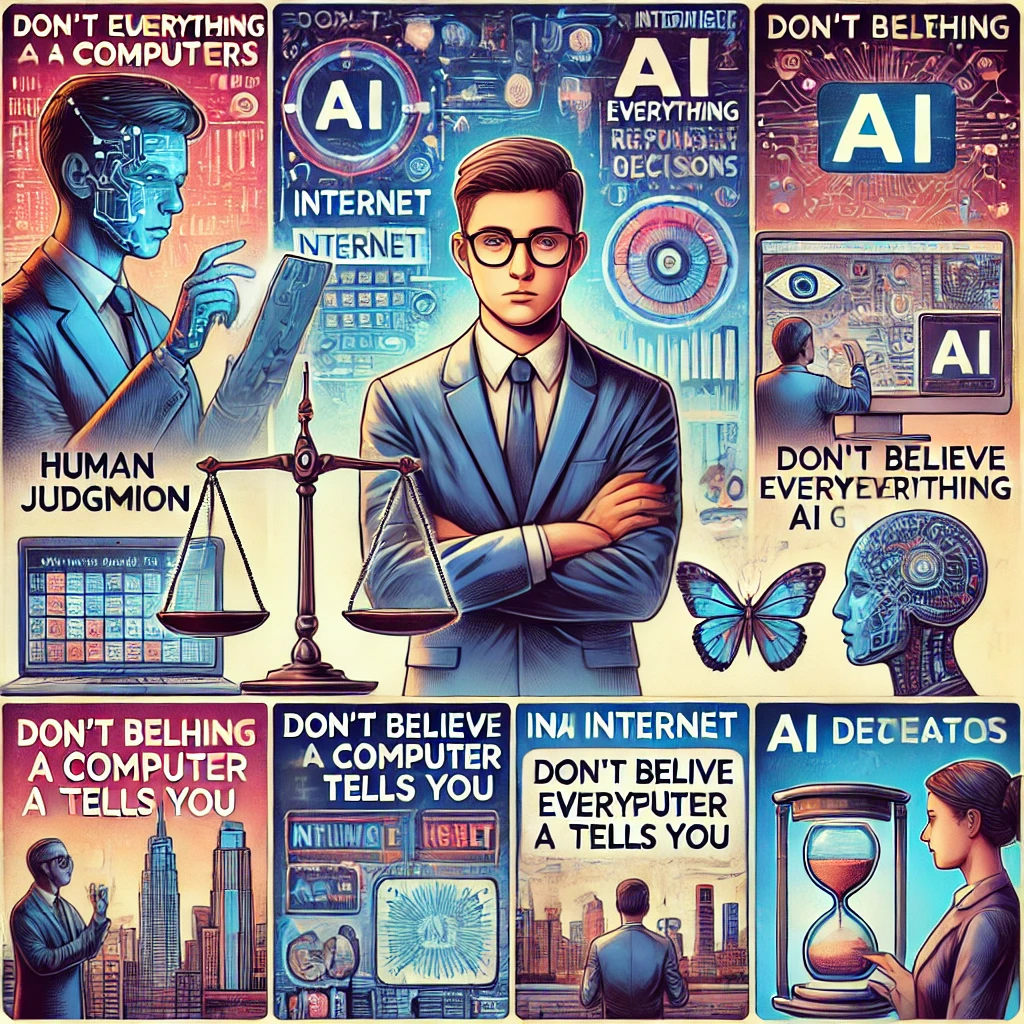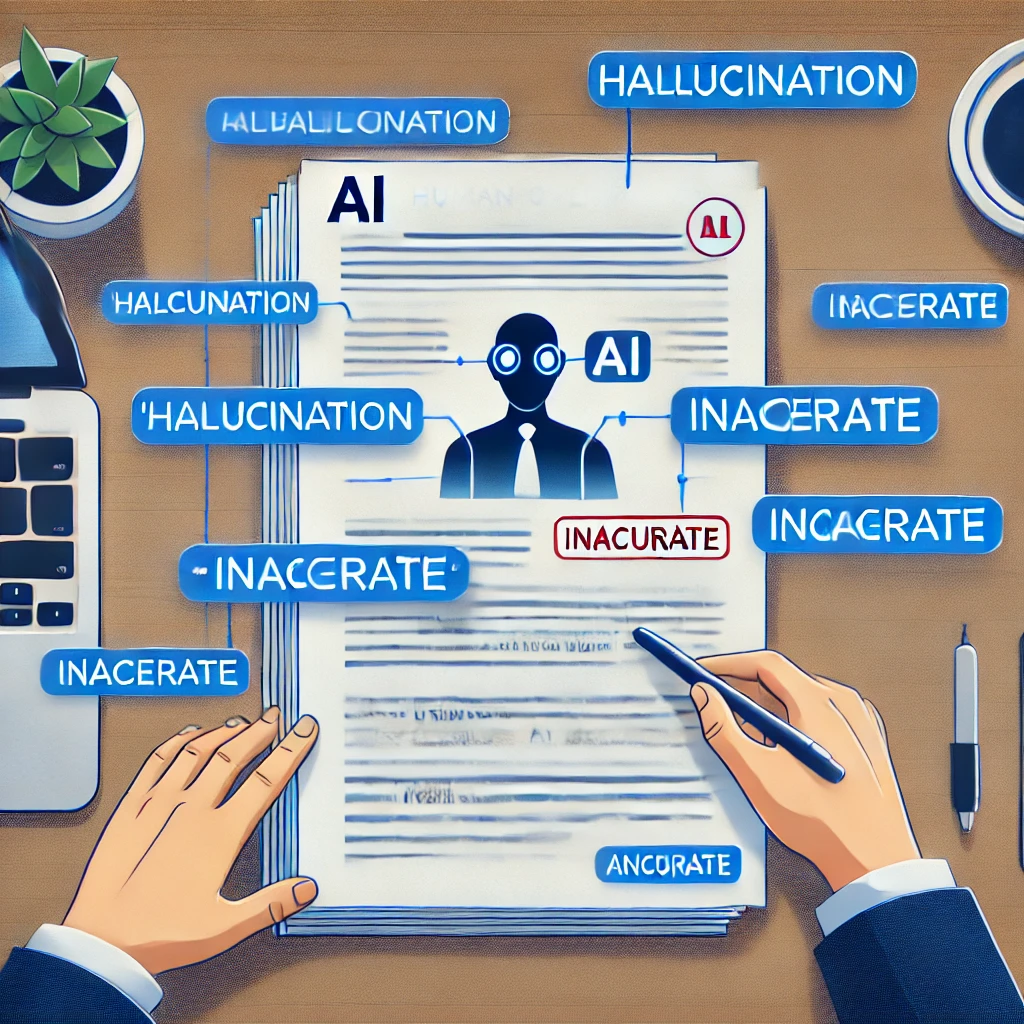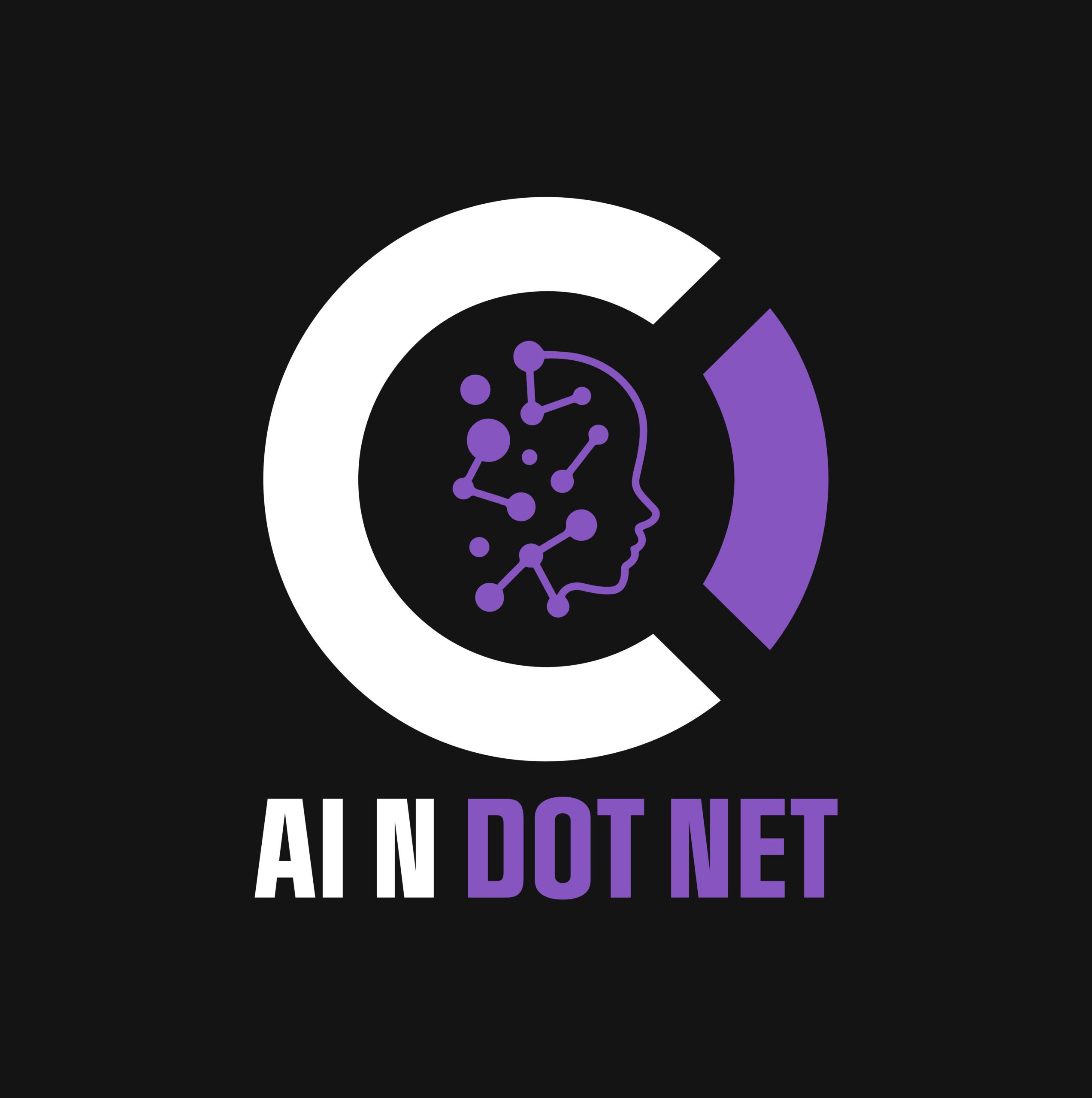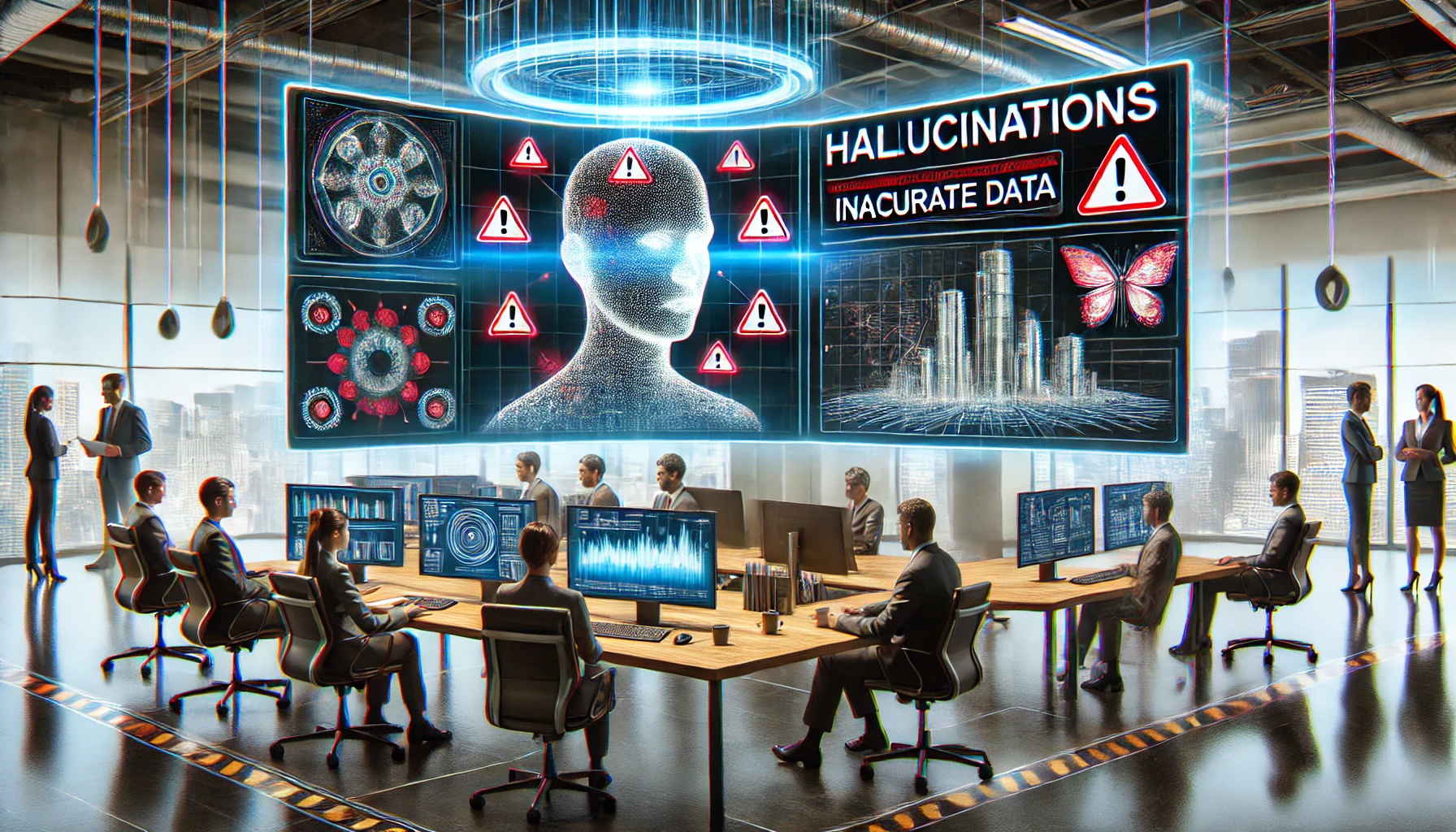The recent article on Above the Law, Actual Versus Artificial Intelligence: A New Kind of Arms Race, highlights a growing concern: reliance on AI-generated content without human oversight. While the legal profession is the focal point of this discussion, the core issue applies to all AI programmers and every industry.
What is Automation Bias in AI and Why It Matters
AI is designed to assist, not replace human judgment. It enhances efficiency, automates routine tasks, and offers insights at an unprecedented scale. However, AI’s outputs—whether text, images, or decisions—must always be subject to human verification. Blindly accepting AI-generated content without validation is as reckless as accepting a student’s homework without checking for plagiarism.
When someone produces work using AI, and that work contains hallucinations—misinformation, false references, or incorrect conclusions—it should be treated no differently than if a person had fabricated data or copied someone else’s work. The responsibility for accuracy still rests on the human using the tool.
AI vs. The Calculator Debate: A Lesson in Responsible Technology Use
This is not the first time society has faced the challenge of blindly trusting new technology. The pattern is clear:

- When computers first emerged, we had to teach people: Don’t believe everything a computer tells you.
- When the internet became mainstream, we had to teach people: Don’t believe everything you read online.
- Now with AI, we must teach people: Don’t believe everything AI generates.
This phenomenon, known as automation bias, occurs when people place too much trust in automated systems, assuming they are more reliable than human judgment. In reality, AI models operate based on probabilistic reasoning, meaning they can and do produce incorrect, misleading, or biased results.
This argument mirrors the debate from 50 years ago when calculators were first introduced in classrooms. Educators questioned whether students should be allowed to use them, fearing they would lose the ability to perform basic arithmetic. Over time, the consensus shifted: calculators are a valuable tool, but students must first understand fundamental math concepts before relying on them.
The same applies to AI. It is a powerful tool, but users must be equipped with critical thinking skills and domain expertise to assess AI-generated results properly. The goal is to enhance human decision-making, not replace it.
AI Responsibility: How to Avoid Misinformation and Hallucinations
AI developers, professionals, and decision-makers across industries must adopt a human-in-the-loop approach. This means:
- Verifying AI outputs before using them in critical decisions.
- Holding individuals accountable for the accuracy of AI-assisted work.
- Educating users about AI’s limitations and potential biases.
- Establishing ethical and legal guidelines to prevent misuse.
The responsibility does not lie with AI alone—it lies with the people using it. If we fail to instill this mindset, we risk creating a world where misinformation, bias, and AI-generated hallucinations shape reality without challenge. Just as we learned not to blindly trust computers, the internet, or calculators, we must now learn to apply the same scrutiny to AI.
The Way Forward: Keeping AI Accountable

AI is a tool—not a truth. To ensure responsible AI usage, we must remain vigilant, continue educating users, and implement best practices to minimize automation bias.
Have you encountered AI hallucinations in your industry? Share your experience in the comments below!
Want to stay ahead in applied AI?
Subscribe to our free newsletter for expert insights, AI trends, and practical implementation strategies for .NET professionals.
📑 Access Free AI Resources:
- Download our free AI whitepapers to explore cutting-edge AI applications in business.
- Check out our AI infographics for quick, digestible AI insights.
- 📖 Explore my books on AI and .NET to dive deeper into AI-driven development.
References
Actual Versus Artificial Intelligence: A New Kind Of Arms Race?
Disclaimer
We are fully aware that these images contain misspelled words and inaccuracies. This is intentional.
These images were generated using AI, and we’ve included them as a reminder to always verify AI-generated content. Generative AI tools—whether for images, text, or code—are powerful but not perfect. They often produce incorrect details, including factual errors, hallucinated information, and spelling mistakes.
Our goal is to demonstrate that AI is a tool, not a substitute for critical thinking. Whether you’re using AI for research, content creation, or business applications, it’s crucial to review, refine, and fact-check everything before accepting it as accurate.
Lesson: Always double-check AI-generated outputs—because AI doesn’t know when it’s wrong! 🚀

